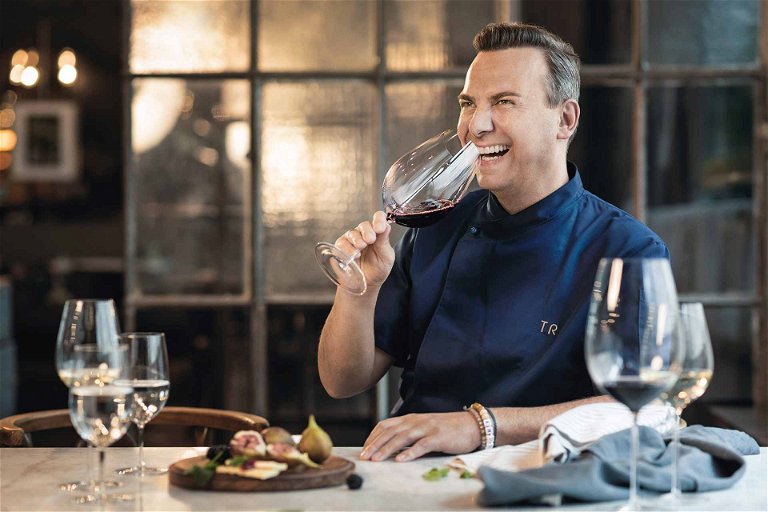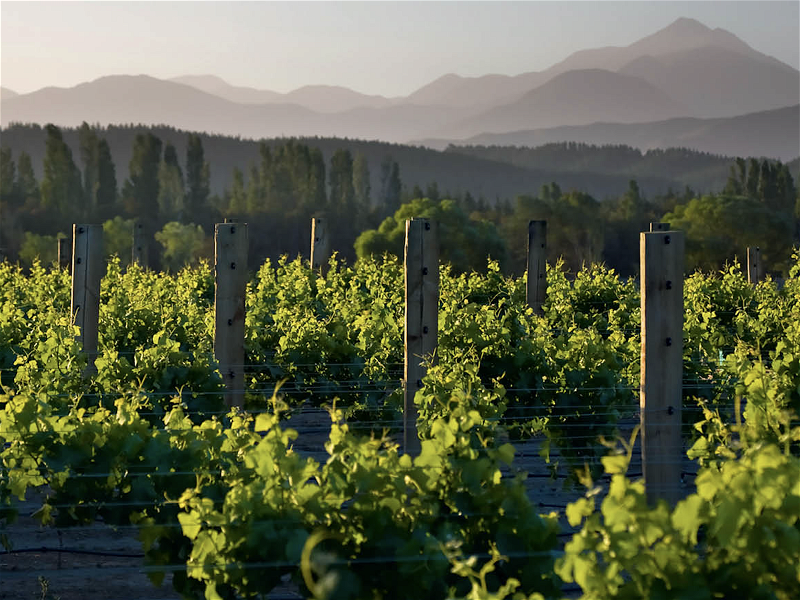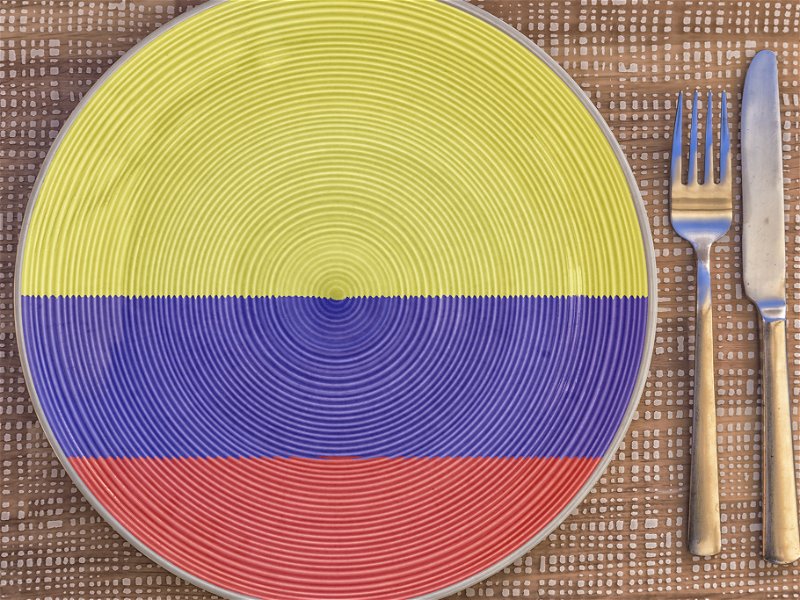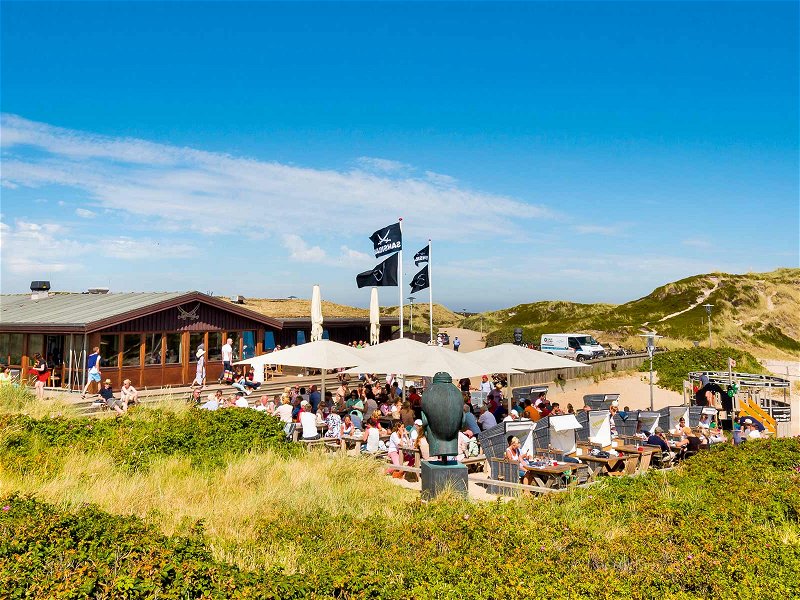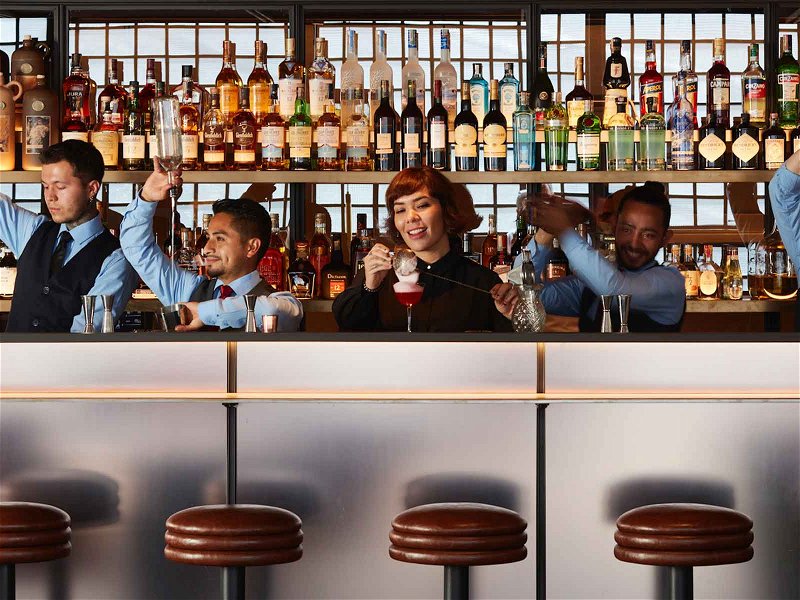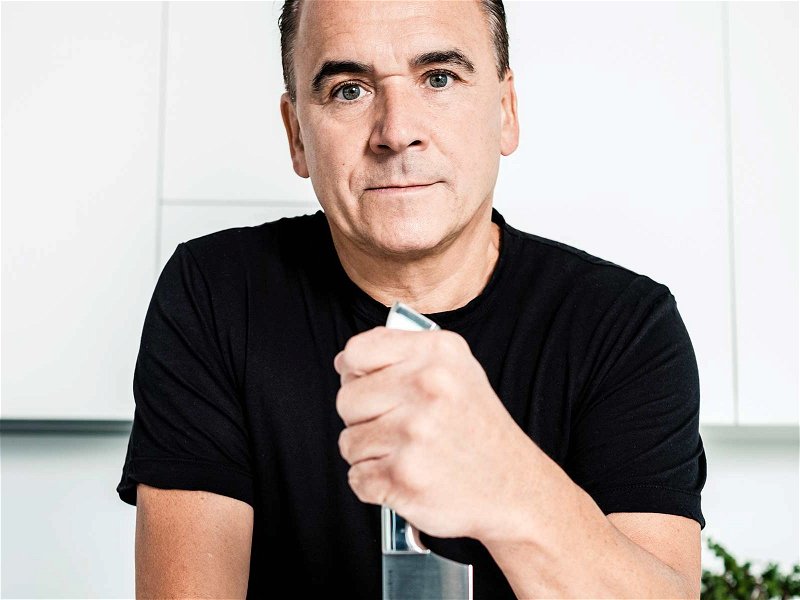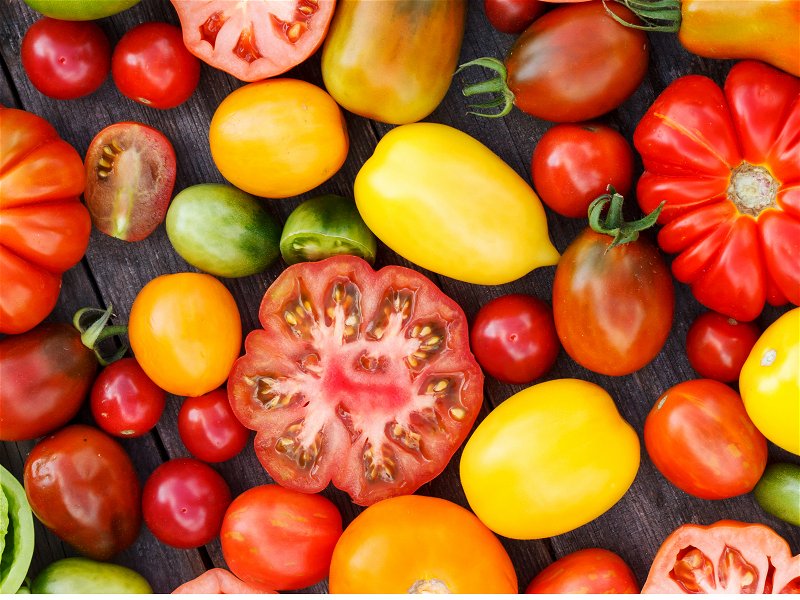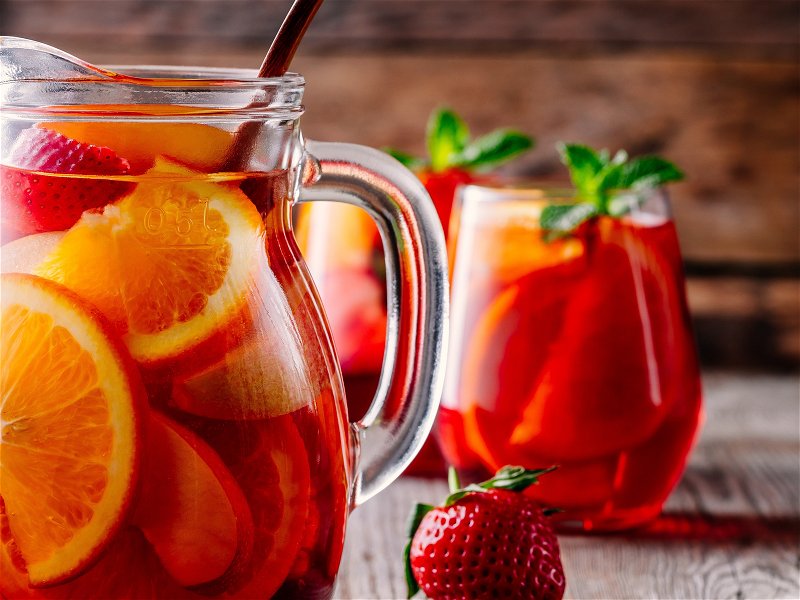The Story behind the Wine Glass Cult
From filigree Riesling to massive Bordeaux, there have never been so many products to put wine in the right light. Falstaff takes a look at the fascinating history of the wine glass.
The consumption of wine is a tradition that goes back centuries, but the custom of drinking the fermented juice of the vine from glass containers is younger than one might think. Glass was already known in pre-Christian antiquity, and Mesopotamia is thought to be the earliest place of production. In Egyptian Thebes, glass was made into vessels from around 1,500 BC, but wine was still enjoyed from clay cups. The invention of the glassmaker's pipe, which is dated to the beginning of the first century AD, changed everything. From then on, it was possible to shape glass almost at will and to reproduce the previously used drinking vessels made of metal or clay from thin-walled glass. Glass quickly developed into a luxury object for the Romans.

Cicero mentioned the Vitrum as early as 54 AD, and the transparent glass Crystallum, similar to rock crystal, was also in great demand. By the end of the first century, glass production was widespread throughout the Roman provinces, especially in Gaul and Britain and later in the Rhineland, where glassworks are documented in Cologne, Worms and Trier. But the end of the Roman Empire and the migration of people blocked any further development. In the Middle Ages, as in Italy, only a few primitive glassworks were built in Germany. It was not until the end of the Middle Ages that new forms were developed. The Krautstrunk, which was later to become the Römer still known today, as well as beakers with studs, stemware or cylindrical Maigelein defined the canon of shapes north of the Alps.

In Italy, Venice became the Mecca of a new glass culture. Because of the danger of fire, all glassmakers were relocated to the small lagoon island of Murano. Here, a particularly clear glass was developed, one with which the yellow- and green-tinted forest glass of the north could not compete. Thinner and thinner, more and more playful, in an unbelievable wealth of shapes and of the highest quality, the Venetian glassmakers produced pure luxury – including the first high-stemmed wine glasses.
On the other side of the high mountains, desire quickly arose and before long high-quality glass was also being made here – mostly with the help of experts from Murano who were more or less voluntarily transported to the north. In Tyrol, for example, Venetians made products in the façon de Venise for Wolfgang Vitl of Augsburg from 1543 onwards. In addition, many smaller forest huts satisfied the demand for glass that was stylistically indebted to late mediaeval forms. Slowly, the shape of the Roman glass developed, which was in essence a spherical cup on a cylindrical stem. This was to remain the German's favourite wine glass until the early 20th century.
Adornment of the grand tables
The Baroque period brought a change in table culture. After silver and porcelain, courtly and aristocratic circles now attached great importance to appropriately refined glassware. The good pieces were cut, engraved, polished, painted and decorated with gold.
At the beginning of the 19th century, the picture changed again. Now it was bourgeois society that decorated its tables with fine glasses. As a result, glass production and refinement experienced an enormous boom in Bohemia. An ever growing number of middle class households, meant a demand for a series of equally decorated glasses each for Champagne, Rhine wine, red wine, southern wine (for Tokay, port and other dessert wines) and water. And so for the first time, the type of wine began to play a role in addition to the appearance of the glass.

From the middle of the 19th century, mass production set in, elaborate processing techniques became too expensive and only a few manufacturers focused on top-quality craftsmanship. One such gentleman was Ludwig Lobmeyr of Vienna. He had the star designers of his time create completely new shapes for wine ware, and many of these creations are still true design icons today. Lobmeyr was a visionary of the modern wine glass – as is clear from his No. 4 series from 1856. Made of the thinnest muslin glass, it anticipates future developments by 100 years.
The Art Nouveau movement beginning around 1890 marked a golden period for quality glass but this was brutally interrupted by the First World War. There followed the Great Depression, the Second World War and a period of reconstruction and stagnation. The economic miracle filled the tables with, from today's perspective, very backward-looking cut lead crystalware and – in the best case – with creations of Scandinavian origin that were completely unsuitable for drinking wine.

Form or function? Preferably both in harmony
When the time is ripe, the necessary protagonists appear. And so, at the end of the fifties, the hour of aesthetics, clear lines and the question "What good is this glass to my wine?". At the first major post-war world exhibition in Brussels in 1958, Claus Riedel, a ninth-generation glassmaker who had taken over an insolvent glassworks in Kufstein in the Tyrol only a year before, showed a glass called 'Burgundy Grand Cru', which he claimed would promote the flavours and aromas of varieties such as Pinot Noir and Nebbiolo. This was initially met with smiles, but the Museum of Modern Art in New York included the model in its permanent collection. A year later, this glass was voted "Most Beautiful Glass in the World". It was to take only two more years until Riedel could present its first complete wine glass series.
At the beginning of the seventies, specifically in 1973, the first set of grape variety-specific wine glasses was presented with the 'Sommelier' series. And for everyone who tasted from these beautiful, fine, handmade glasses, the smirk quickly turned into true enthusiasm. Never before had wine lovers had such an instrument in their hands. In 1986 came the next Riedel world success with the 'Vinum' series. It was the first wine series adapted to the grape varieties to be produced by machine, developed through intensive tasting research. To this day, Vinum remains a benchmark for the Riedel brand. And since then, nothing in the world of wine has been the same.
The idea that a wine glass must not only be visually but also functionally coherent has long been accepted in recent decades, and not only among wine experts. And so, building on this idea, a veritable cult has developed around the perfect wine glass. Connoisseurs agree that handmade wine glasses are the spearhead, but it is fair to say that today there are machine-made products that are barely inferior to mouth-blown glasses. Demand will likely drive up the prices of handmade glass in the future, however, if you look at the development of top wines, this is quickly put into perspective.
The share of handmade glass in respect of total production is vanishingly small but of course varies among the different glassmakers. The Riedel Group, for example, produces just over 50 million glasses a year, of which, according to Maximilian J. Riedel, about 500,000 are hand-blown, or one percent. Zalto relies 100 percent on handcrafted glass; machine-blown glasses are not part of their product range. However, the covid pandemic has also left its mark on glass production and has led to enormous bottlenecks. It was not the raw material that was the problem, but short-time work, lack of packaging resources, difficulties with transport and lack of container capacity – all this led to considerable delivery backlogs. So anyone who wishes to buy the finest glass today may have to be prepared to wait a little longer.
Who makes the glass?
Let's take a look behind the scenes of the wine glass business for a better understanding. While new brands are popping up all the time, the capacity to produce handmade goods is hardly increasing. The two leading manufacturers in German-speaking countries – Riedel and Zwiesel – produce their own goods in company-owned factories. Handmade glasses such as the 'Sommelier' series from Riedel are produced in their main factory in Kufstein, those from Zwiesel in a factory founded in 2001 in Halimba in Hungary. This factory, known for its top quality, also produces handmade glasses for Riedel, namely the 'Superleggero' series.
Apart from a few small specialist companies, virtually all well-known brands cooperate with major manufacturing companies headquartered in the countries of the former Danube monarchy and thus all have their roots in the impressive glass industry of the old Austro-Hungarian Empire. These glassworks may not be known by name to consumers today, but it is the skilled workers in the Czech Republic, Slovakia, Hungary and Slovenia that produce a lot of modern glassware, without which we would not be able to enjoy these great glasses at home or in gastronomy.
Of these, the most important factory is Rona, a company in Lednické Rovne, which was founded in 1892 by the glass manufacturer J. Schreiber & Neffen from Vienna and had branches in Prague, Berlin, Warsaw, Budapest and London. Today, the Slovakian company produces 60 million glasses a year, 96 percent of which are exported, their wares are available in over 80 countries under numerous brand names.
Another indispensable manufacturer is Steklarna Rogaška, based in Rogaška Slatina, Slovenia. In Karlovy Vary, a fashionable spa town in Bohemia, Ludwig Moser founded his glass factory in 1857 and to this day, masterful glass objects and fine drinking vessels are still produced in the Czech town of Dvory.
With their orders to the factories in the countries of the former monarchy, brand owners are continuing what Ludwig Lobmeyr had begun; he had his most beautiful glasses made by Wilhelm Kralik in Bohemia and even Emperor Franz-Joseph enjoyed drinking his beloved Bordeaux from Château d'Issan out of these.
